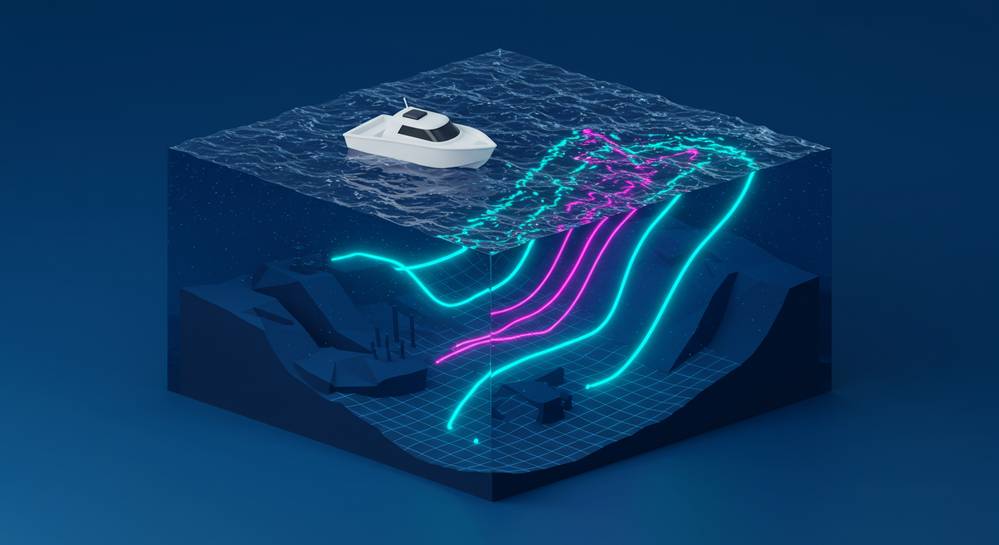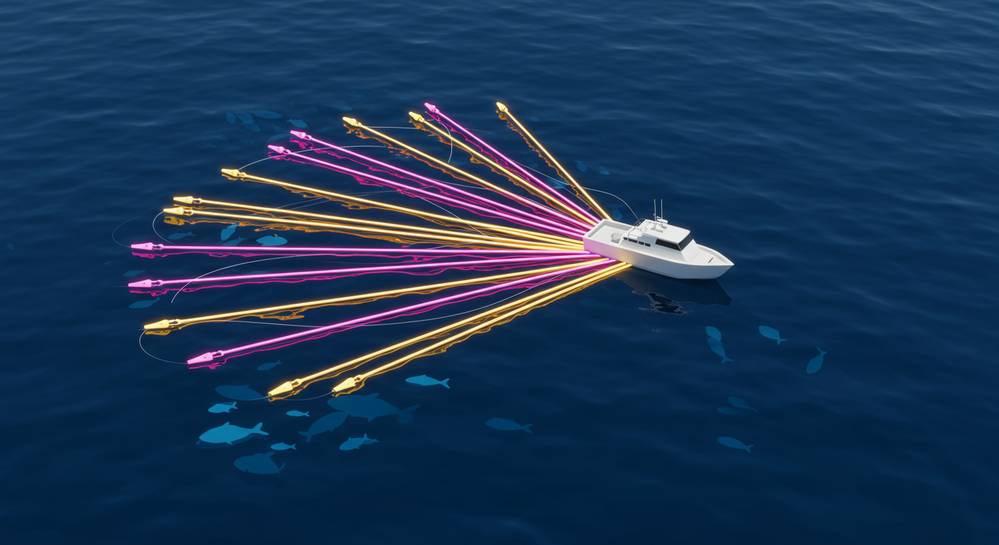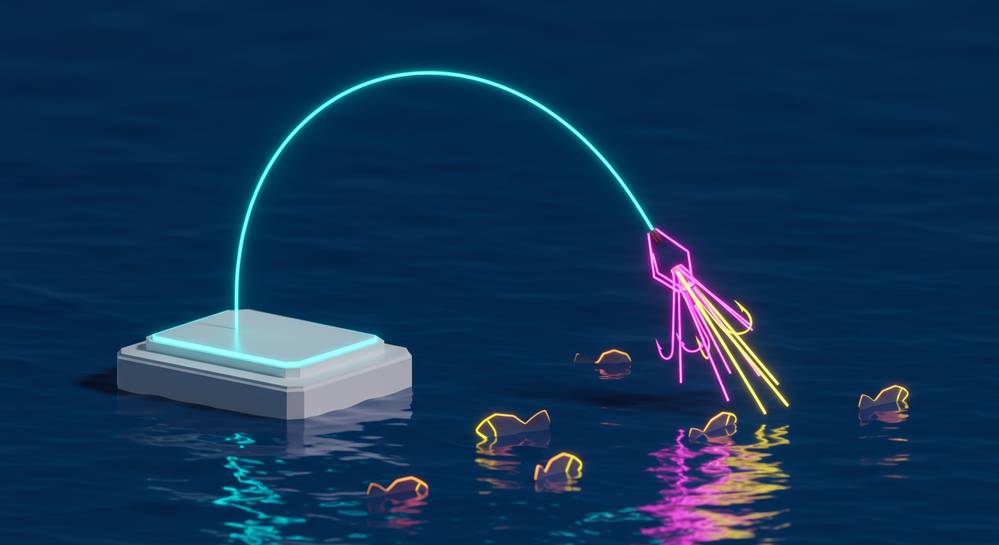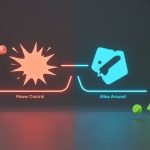Venturing into open water presents a unique and exciting challenge for any angler. The sheer vastness can feel intimidating, but with the right knowledge, it offers incredible rewards. This guide is designed to equip you with the most effective fishing techniques for open water, turning vast expanses of water into productive fishing grounds. We will explore proven strategies that help you locate, target, and land more fish consistently.
Understanding the dynamics of open water

Effective fishing techniques for open water depend less on your lure and more on your ability to read the environment. Open water is a complex system, not an empty void. Fish behavior is dictated by predictable patterns. Understanding these key environmental drivers is what separates a lucky catch from consistent success. It transforms guessing into a strategic hunt for finding suspended fish.
- Wind and currents act as a conveyor belt for food. They push baitfish against shorelines and structure, creating active feeding zones that predator fish patrol. Always investigate the windblown side of the lake first.
- Water temperature dictates fish location. As cold-blooded creatures, fish seek specific comfort zones. The thermocline, a distinct layer separating warm and cool water, is a prime holding area for many species during summer.
- Subsurface structure provides critical habitat. Underwater points, humps, and drop-offs are fish magnets. They offer shelter from currents, ambush points for hunting, and reliable feeding grounds.
By learning to interpret these natural cues, you stop wasting time on empty water. You focus your efforts on the most productive zones, a foundational skill we champion at Sport Wave Quest.
Essential trolling techniques for maximum coverage

Trolling is a dominant method among fishing techniques for open water. It excels at covering vast expanses to locate scattered or suspended fish. The core principle involves pulling lures behind a moving boat at a controlled speed and depth. This proactive search method is far more effective than waiting for fish to come to you. Proper setup is the key to presenting your bait in the strike zone consistently.
Achieve precise depth with downriggers
A downrigger uses a heavy weight, or cannonball, to take your lure to an exact depth. Your line attaches via a release clip that pops free when a fish strikes, allowing a direct fight. This system is essential for deep water fishing techniques. It lets you target fish holding near the thermocline or deep structure with precision, using lighter tackle than would otherwise be possible.
Expand your spread with planer boards
Planer boards pull your lines out to the sides of the boat, creating a much wider trolling path. This tactic moves lures away from engine noise, which is crucial for spooky fish in clear water. Using boards on both sides mimics a baitfish school, making your presentation irresistible. Precise timing and speed are vital, and using one of the undefined can help track your passes.
Mastering casting and jigging strategies

Once trolling has located a productive area, casting and jigging become your precision tools. These hands-on fishing techniques for open water shift the focus from searching to targeted presentation. You impart the lures action, triggering strikes from fish that might ignore a steadily trolled bait. This is the key to effectively working specific structure or schools of suspended fish.
Casting for suspended fish
When fish are suspended in the upper water column or holding over structure, casting is the primary tactic. Lures like spoons and crankbaits excel here. Cast beyond your target and retrieve the lure through the strike zone. The secret is an erratic retrieve: vary your speed, pause, and twitch the rod tip. This mimics an injured baitfish, an easy meal predators cannot resist.
Vertical jigging for deep structure
For fish marked tight to deep structure on your sonar, vertical jigging is unparalleled. Position your boat directly above the target and drop a jig or blade bait. The technique is a sharp upward snap of the rod, followed by letting the lure flutter down on a semi-slack line. Most strikes occur on the fall, so stay focused to detect the subtle bite.
Leveraging modern electronics for precision
In today’s angling, electronics are as vital as your rod and reel. A quality GPS and sonar unit acts as your underwater eyes, revolutionizing fishing techniques for open water. It transforms the vast, unknown surface into a detailed, readable map. This technology turns a game of chance into a calculated strategy, allowing you to find both structure and fish with incredible accuracy.
Gps for strategic navigation
A GPS allows you to mark productive spots as waypoints. Find a key rock pile, a sharp drop-off, or a school of bait, and you can save its exact coordinates. This builds a personal library of hotspots. You can return to them precisely on future trips and create efficient trolling paths that cover prime structure methodically.
Sonar for finding fish and structure
Sonar sends sound waves into the water to paint a picture of the world below. It reveals bottom contour, vegetation, and hardness. Crucially, it marks fish, often as distinct arches. Advanced sonar technology like CHIRP can even separate individual fish from bait balls or structure. This is how you locate the thermocline or pinpoint fish for vertical jigging.
Mastering open water requires adaptability. The most successful anglers rarely stick to a single method. They use trolling to find active fish, employ casting and jigging to work specific areas thoroughly, and rely on electronics to guide every decision. By understanding and combining these strategies, you equip yourself for any situation the water presents. Continue your journey to becoming a better angler with Sport Wave Quest.



